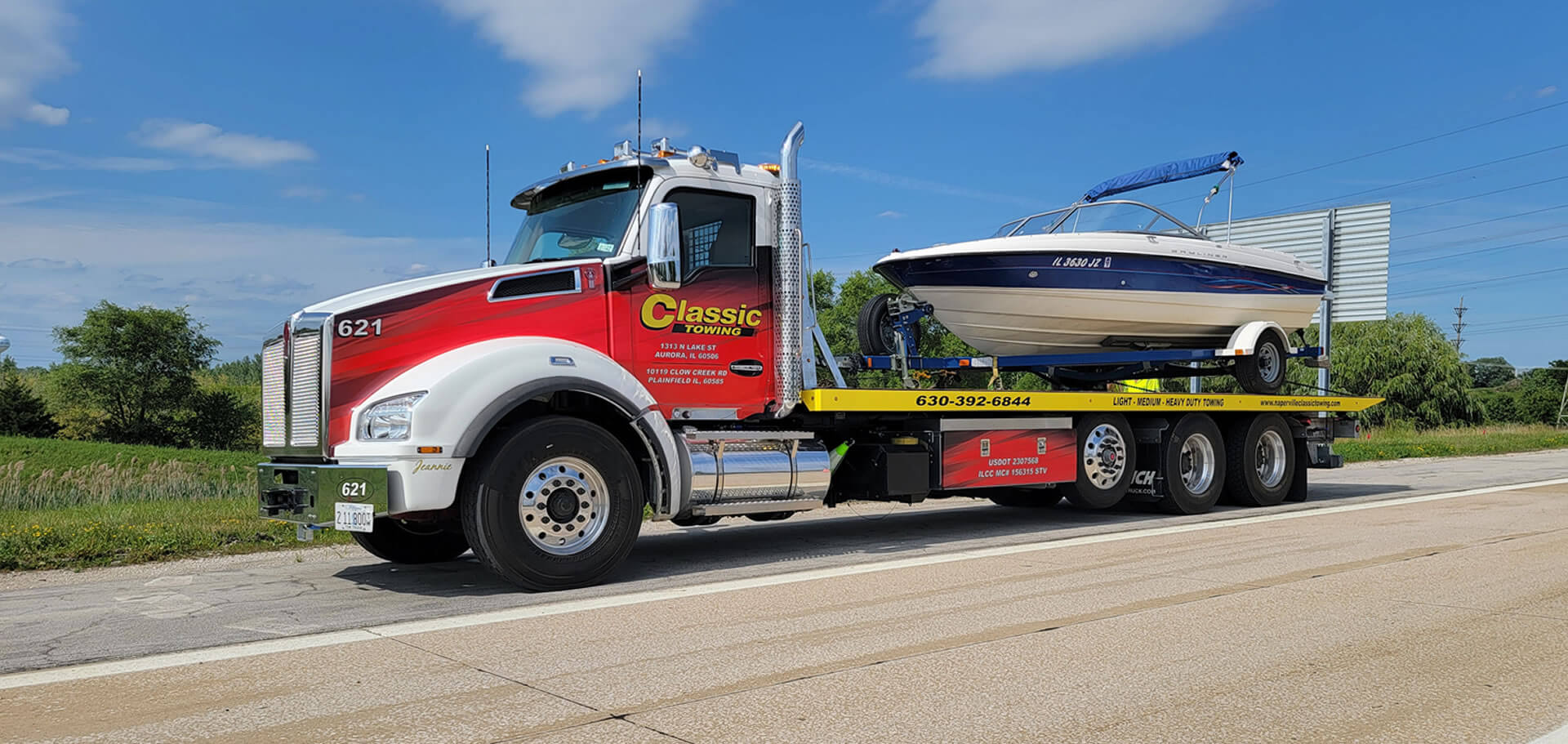Wildfires are among the most dynamic forces in natural ecosystems, playing a crucial role in shaping landscapes and influencing animal behavior. While often perceived as destructive, wildfires are integral to ecological renewal, fostering biodiversity and habitat diversity. Their influence extends across various species, including adaptable predators like foxes, which have evolved behaviors to navigate post-fire environments effectively.
- Introduction to Wildfires and Their Ecological Role
- Understanding Fox Territories: Behavior and Communication
- The Immediate Impact of Wildfires on Fox Habitats
- Long-term Ecological Changes Induced by Wildfires
- Wildfires as Drivers of Fox Territorial Reconfiguration
- Modern Examples: PyroFox and Technological Insights into Fire-Driven Behavior
- Non-Obvious Interactions: Wildfire Effects on Broader Ecosystem and Animal Networks
- Conservation Perspectives and Future Research Directions
- Conclusion: The Interwoven Dynamics of Wildfires, Foxes, and Nature
1. Introduction to Wildfires and Their Ecological Role
Wildfires are natural phenomena that have shaped Earth’s ecosystems for millions of years. They can be ignited by lightning strikes or human activities, resulting in rapid, high-temperature burns that clear vegetation and modify landscapes. While often viewed as destructive, wildfires facilitate ecological processes such as nutrient cycling, seed dispersal, and habitat renewal. These fires influence animal populations by altering resource availability, prompting behavioral adaptations, and shifting territorial boundaries.
Foxes, renowned for their adaptability, are particularly affected by fire events. Their flexible diet, keen senses, and territorial behaviors allow them to thrive in dynamic environments. Understanding how wildfires influence fox behavior and territory management provides insight into the resilience of these predators and their role in post-fire ecosystems.
2. Understanding Fox Territories: Behavior and Communication
a. How foxes establish and defend their territories
Foxes typically establish territories based on resource availability, such as prey abundance and shelter. They defend these areas through scent marking—using urine and gland secretions—to delineate boundaries and communicate dominance. Territoriality ensures access to food sources and mates, reducing conflicts with neighboring foxes. During the breeding season, maintaining clear boundaries becomes vital for reproductive success.
b. The role of vocalizations and scent marking in territory communication
Vocal signals like barks, screams, and yelps serve as auditory warnings to intruders and help maintain social hierarchies. Scent marking complements vocalizations by providing chemical cues that convey individual identity, reproductive status, and territorial boundaries. Together, these communication methods create a complex network of signals that define fox territories and influence their interactions.
c. The significance of territorial boundaries for fox survival and reproduction
Boundaries prevent overexploitation of resources and mitigate conflicts, which is crucial for the health and reproductive success of fox populations. Stable territories also facilitate mate attraction and raising offspring, contributing to population stability. Disruptions to these boundaries, such as from wildfire disturbances, can prompt significant behavioral adaptations.
3. The Immediate Impact of Wildfires on Fox Habitats
a. How wildfires alter landscape features and resource availability
Wildfires can drastically change the physical landscape by removing dense vegetation, creating open areas, and exposing soil. These alterations affect the availability of shelter and hunting grounds. Post-fire, some areas may experience a temporary reduction in prey populations, but over time, nutrient-rich ash promotes plant regrowth, attracting prey species back into the area.
b. Effects on prey populations and food sources for foxes
Prey such as rodents, insects, and birds often respond to fire-affected landscapes by shifting their distribution. Initially, prey may decline due to habitat loss, but as succession advances, new growth supports a resurgence of small mammals and insects, which foxes can exploit. This dynamic necessitates behavioral flexibility in fox hunting strategies.
c. Short-term behavioral adaptations of foxes following fires
Immediately after a fire, foxes may increase movement to locate new refuge or food sources. They might alter their activity patterns, becoming more nocturnal to avoid open, exposed environments. Foxes also tend to expand their ranges temporarily, exploring burned areas for resources, which may influence territorial boundaries.
4. Long-term Ecological Changes Induced by Wildfires
a. Succession of plant communities and habitat regeneration
Following a wildfire, ecological succession begins, with pioneer species colonizing barren soil. Grasses and shrubs quickly establish, followed by young trees over several years. This regeneration process creates diverse habitats that can support various prey species, indirectly benefiting fox populations by providing new hunting grounds and den sites.
b. Changes in prey and predator dynamics over time
As plant succession progresses, prey populations such as rodents and insects fluctuate, influencing predator presence. Foxes may experience shifts in territorial boundaries, expanding into new areas or re-establishing previous ones as resources stabilize. These dynamics highlight the importance of fire regimes in maintaining ecological balance.
c. How fire scars and ash influence fox territorial expansion and movement
Fire scars—areas where vegetation has been burned—serve as both barriers and corridors for movement. Ash layers enrich soils, promoting quick plant recovery, which in turn attracts prey and facilitates fox territorial expansion. The spatial pattern of scars can influence the spatial organization and connectivity of fox territories over the long term.
5. Wildfires as Drivers of Fox Territorial Reconfiguration
a. The process of territory abandonment and establishment post-fire
When a wildfire devastates an area, foxes often abandon their established territories due to loss of cover and food sources. They then explore adjacent or newly regenerated habitats to establish new territories, often leading to increased territorial overlap and competition. This reorganization is vital for population resilience in fire-prone ecosystems.
b. Case studies of fox populations adapting to fire-affected landscapes
Research in regions such as North American grasslands and European forests shows foxes readily adapt to post-fire landscapes. For instance, studies document foxes expanding into open, burned areas, with some even using fire scars as vantage points for hunting or denning, demonstrating behavioral plasticity.
c. The role of natural echo effects in dense, misty forests recovering from wildfires
In dense forests, post-fire recovery often involves echo effects—sound reverberations in misty, humid environments—that enhance animal communication. Foxes utilize these acoustic cues to detect territorial boundaries and locate conspecifics amidst disrupted habitats, illustrating how natural phenomena support behavioral adaptation.
6. Modern Examples: PyroFox and Technological Insights into Fire-Driven Behavior
a. How innovations like PyroFox illustrate fox responses to fire environments
PyroFox represents a pioneering approach to studying animal responses to fire-affected habitats through advanced tracking and environmental monitoring. By analyzing vocalizations, movement patterns, and habitat use, researchers gain nuanced understanding of how foxes adapt their behavior in real-time to changing conditions, illustrating the intersection of ecology and technology.
b. Using vocalization analysis to understand fox communication in changing habitats
Analyzing fox vocalizations recorded during or after wildfires reveals shifts in communication strategies. For example, increased vocal activity may indicate territorial re-establishment, while altered call frequencies can reflect stress or adaptation to echo effects in recovering forests. Technologies like PyroFox facilitate such detailed studies, enhancing our understanding of behavioral plasticity.
c. The significance of environmental cues such as volcanic ash and twilight skies in fox behavior
Environmental cues like volcanic ash deposits or twilight lighting conditions serve as natural signals that influence fox activity. For instance, ash layers can affect scent dispersal, while low-light conditions may favor nocturnal hunting. Recognizing these cues helps explain the subtle ways foxes interpret and respond to complex environmental changes following wildfires.
7. Non-Obvious Interactions: Wildfire Effects on Broader Ecosystem and Animal Networks
a. The influence of misty forests and echo effects on animal signaling and navigation
Post-fire environments characterized by mist and dense foliage create echo effects that amplify sound signals critical for animal communication. Foxes, along with other nocturnal species, rely on these acoustic phenomena to navigate, locate prey, and establish territories, demonstrating how physical environmental features shape behavioral strategies.
b. Inter-species interactions during post-fire landscape recovery
Wildfires often reset ecological hierarchies, leading to altered predator-prey dynamics. For instance, increased rodent populations in regenerating areas may attract predators like foxes, while displaced birds and insects interact within the new landscape mosaic. These interactions contribute to the resilience and complexity of ecosystem recovery.
c. The indirect impact of wildfires on the evolution of fox communication and territory strategies
Repeated fire events can drive evolutionary shifts in fox communication, favoring more flexible, multimodal signals that adapt to changing environments. Over generations, these adaptations influence territorial behaviors, social structure, and reproductive strategies, underscoring wildfires’ role in shaping evolutionary pathways.
8. Conservation Perspectives and Future Research Directions
a. Managing wildfire regimes to support fox populations and biodiversity
Adaptive fire management—balancing controlled burns with natural fire cycles—can maintain habitat heterogeneity, ensuring that fox populations and other wildlife continue to thrive. Prescribed burns help prevent catastrophic wildfires while promoting ecological diversity, which supports resilient predator-prey networks.
b. The potential for technological tools to monitor fire effects on wildlife
Emerging technologies, exemplified by tools like PyroFox, enable researchers to track animal movements, vocalizations, and habitat use in real-time. Such data enhances our ability to assess fire impacts, inform management strategies, and develop adaptive conservation plans.
c. Integrating ecological knowledge with climate change models and fire management plans
As climate change intensifies fire regimes globally, integrating ecological research into predictive models becomes vital. Understanding how species like foxes respond to fire disturbances allows for tailored strategies that mitigate negative impacts while promoting ecosystem resilience.
9. Conclusion: The Interwoven Dynamics of Wildfires, Foxes, and Nature
“Wildfires, while disruptive, are catalysts for ecological renewal, shaping the very fabric of ecosystems and the behaviors of their inhabitants, including the adaptable fox.”
In summary, wildfires are powerful ecological forces that influence fox territories through immediate habitat alteration, long-term succession, and behavioral reorganization. These dynamic processes exemplify the resilience and adaptability of foxes, which modify their communication, movement, and territorial strategies in response to environmental cues and landscape changes.
Modern innovations like













